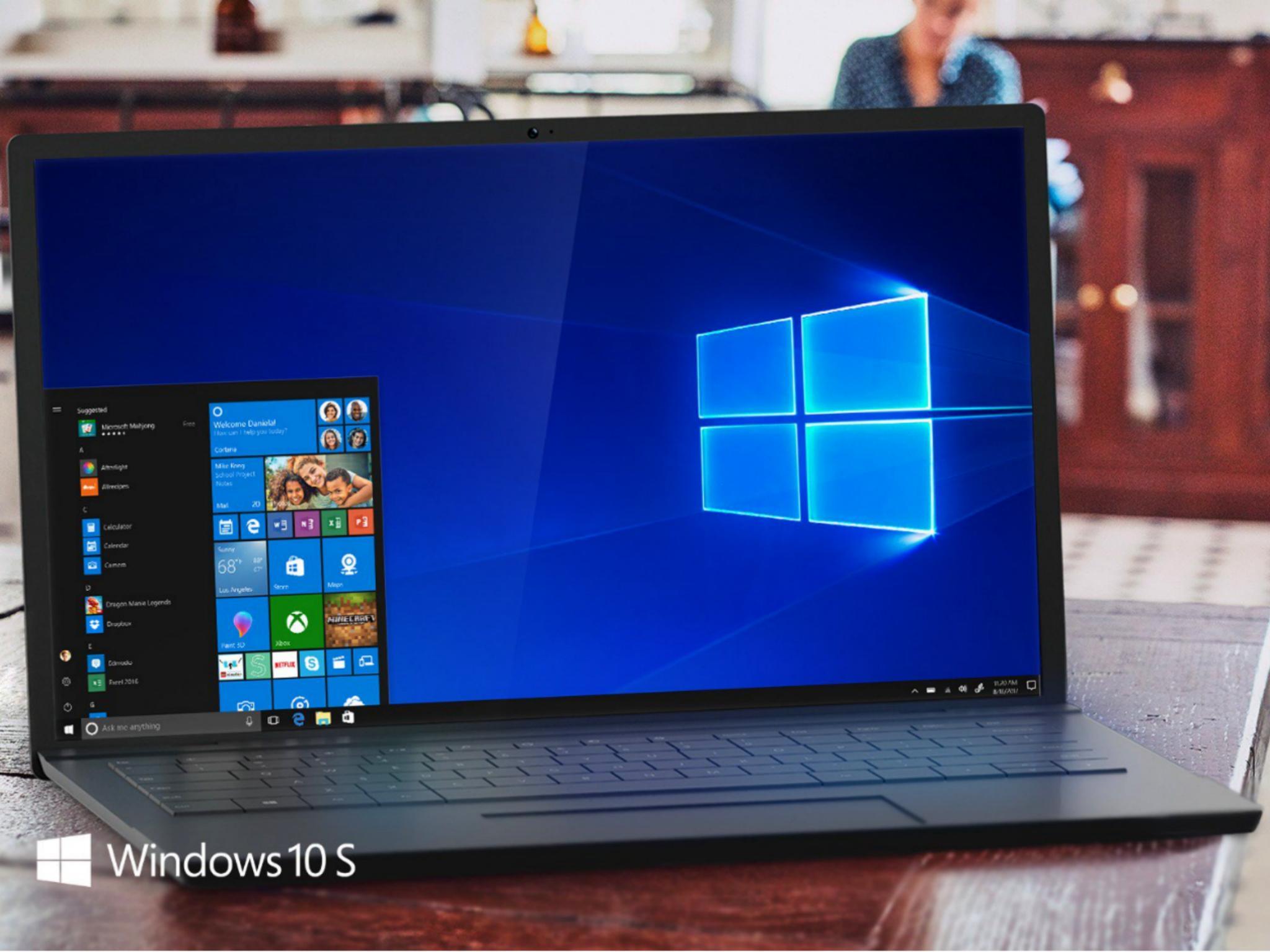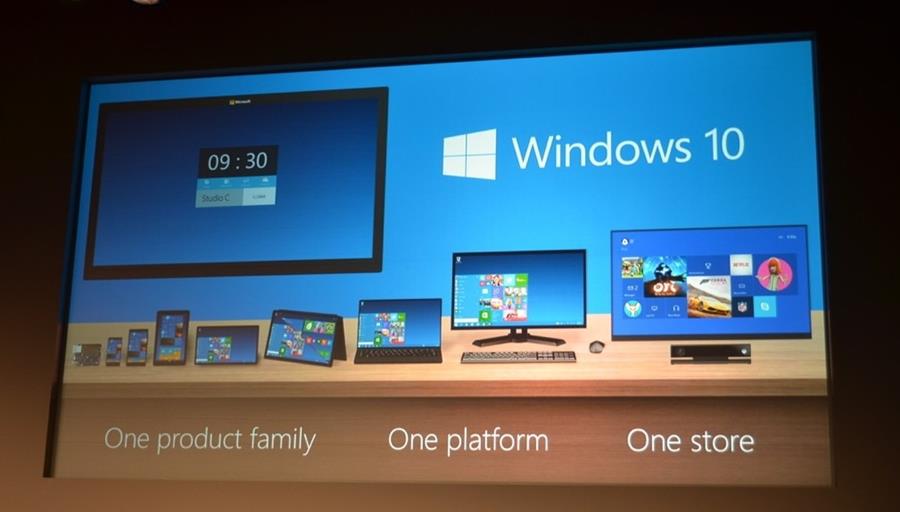

The two products then continued in parallel for a while: the DOS-based OS (with large parts of MS-DOS itself replaced) had releases named "Windows 95", "Windows 98", and "Windows Me" while the NT-based OS had releases named "Windows NT 4.0" and "Windows 2000". The main thing the two "Windows" products shared was the "look and feel", although there was some support for running the same programs on both OSes. The first version of the new OS was marketed as "Windows NT 3.1", to imply that it was similar to the existing "Windows 3.1", even though it was essentially a different product - they could just as easily have called it "Microsoft NTOS 1.0".

In the 1990s, Microsoft had two largely independent OSes, both branded as "Windows":


 0 kommentar(er)
0 kommentar(er)
